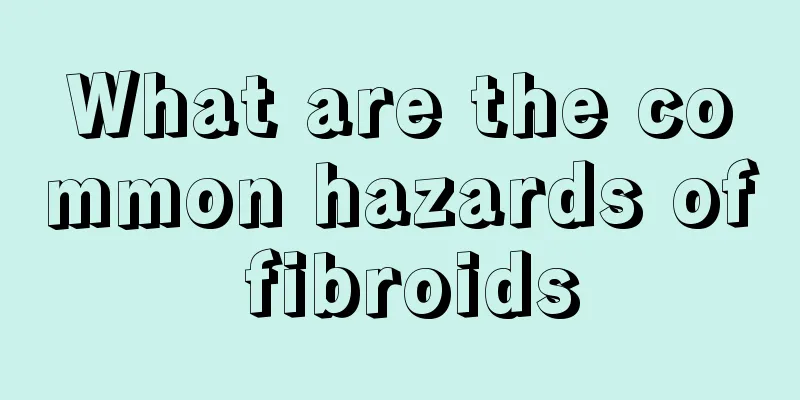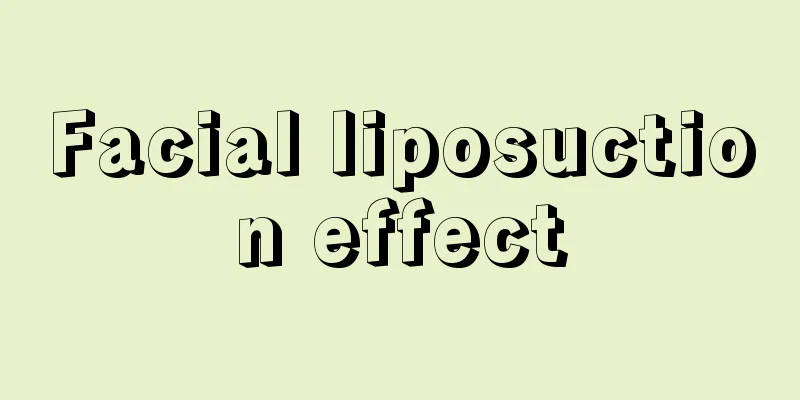What are the causes of arachnoid cysts?

|
Arachnoid cyst is generally a disease lesion formed in the arachnoid membrane within the skull. Since it is a brain disease, patients must pay attention to it and receive treatment. There are several causes of arachnoid cysts, such as congenital arachnoid cysts, infected arachnoid cysts, damaged arachnoid cysts, etc. It is necessary to prescribe the right medicine according to the specific cause, so that it can be more effective. Arachnoid cysts are congenital benign brain cysts caused by abnormal division of the arachnoid membrane during development. The cyst wall is mostly composed of arachnoid, neuroglia and pia mater, and there is cerebrospinal fluid-like cystic fluid in the cyst. The cysts are located on the brain surface, in the brain fissures and in the cisterns, without involving the brain parenchyma. Most of them are single shots, a few are multiple shots. This disease is mostly asymptomatic. Large tumors can compress the brain tissue and skull at the same time, causing neurological symptoms and changes in skull development. This disease is more common in children and adolescents, more common in males, and more common on the left side than on the right side. Congenital arachnoid cyst Congenital arachnoid cyst is a common type, and its cause is not fully understood. The following speculations are made: ① The cause of this disease may be that during embryonic development, a small piece of arachnoid membrane falls into the subarachnoid space and develops. That is, the cyst is located in the arachnoid membrane. Under the microscope, it can be seen that the arachnoid membrane is split into two layers around the cyst. The outer layer constitutes the surface of the cyst, and the inner layer constitutes the cyst base. There is still a subarachnoid space between the pia mater and the cyst base. ② Others believe that during embryonic development, the pulsation of the choroid plexus acts as a pump for cerebrospinal fluid, separating the loose perimedullar network surrounding the nerve tissue to form the subarachnoid space. If the early cerebrospinal fluid flow is abnormal, cysts may form in the perimedullar network. ③Because this disease is often accompanied by other congenital abnormalities, such as ectopic choroid plexus in the cyst, partial absence of the falx cerebri, and absence of the orbital plate, temporal lobe and internal carotid artery, all confirm that the basic cause of this disease is brain hypoplasia. There is no consensus on the reasons for the continuous enlargement of arachnoid cysts. The possible reasons are: ① There are small holes in the cyst wall that communicate with the subarachnoid space. Cerebrospinal fluid continuously flows into the cyst through this hole. The small hole acts as a valve, and the pulsation of the skull base artery causes the cyst to gradually enlarge. It is also possible that some factors cause the small holes to be blocked, resulting in increased intracranial pressure. ② There is an ectopic choroid plexus in the cyst, which secretes excessive cerebrospinal fluid and cannot be absorbed. ③ In some cases, the cyst is not connected to the subarachnoid space, the protein content in the cyst fluid increases, and the difference in osmotic pressure between inside and outside the cyst causes the cyst to gradually increase in size. ④ Venous bleeding inside the cyst or on the cyst wall causes the cyst cavity to rapidly enlarge. Postinfectious arachnoid cyst After meningitis, cysts are formed due to local adhesion of the arachnoid membrane, and the cysts are filled with cerebrospinal fluid. Most of them are multiple. More common in children. It is commonly found in the chiasmatic cistern, basal cistern, cerebellomedullary cistern, and ambient cistern. The cerebrospinal fluid circulation pathway is blocked. Post-traumatic arachnoid cyst Leptomeningeal cyst. The mechanism of occurrence is that the injury causes a linear skull fracture, accompanied by a tear in the dura mater, bleeding in the subarachnoid space below or adhesions around the edge of the arachnoid mater, causing local cerebrospinal fluid circulation disorders, resulting in the local arachnoid protruding into the dura mater tear and fracture line, and gradually forming a cyst under the continuous impact of brain pulsation, causing the fracture edge to continue to expand, which is called a growing fracture. The cyst may protrude under the scalp and may also compress the underlying cerebral cortex. The cyst is filled with clear fluid and is surrounded by scar tissue. If the pia mater is damaged during trauma, brain tissue may herniate into the fracture site, causing the ipsilateral ventricle to expand and even forming a brain perforation malformation. This disease is more common in infants and young children. |
<<: What is the cause of meniscus cyst?
>>: What are the symptoms of epidermoid cyst?
Recommend
What's going on with the increase in bronchovascular bundles in both lungs
Nowadays, people are very concerned about their h...
What medicine should I take for symptoms of excessive stomach fire?
People with strong stomach fire will feel uncomfo...
Can epilepsy be cured? Experts answer
As a chronic disease, epilepsy has a high chance ...
How to treat advanced lung cancer and stabilize the condition? Comprehensive folk remedies for treating advanced lung cancer
Lung cancer is a very serious disease. It threate...
Post-endometrial cancer resection care
What kind of postoperative care is good for endom...
Is the tiger-striped colubrid snake poisonous?
Snakes are one of the animals that everyone disli...
What is the reason for urine occult blood 2+
Urine occult blood 2+ is very common in daily lif...
How to make various coffees
I believe that many people who have some knowledg...
What are the symptoms of primary liver cancer? The most common symptoms of primary liver cancer
Primary liver cancer is a common digestive system...
My left kidney is aching slightly
We all know that a normal human body has two kidn...
Common complications after laryngeal cancer surgery
For the treatment of laryngeal cancer, many peopl...
What is causing the pain in the jawbone
In life, some patients often feel tooth and jaw p...
Can coffee help sober you up
From the perspective of sobering up, coffee can i...
The difference between fixed dentures and removable dentures
Having white teeth can better maintain our image ...
What are the methods to correct inversion of the foot
There are many patients with clubfoot in our live...









